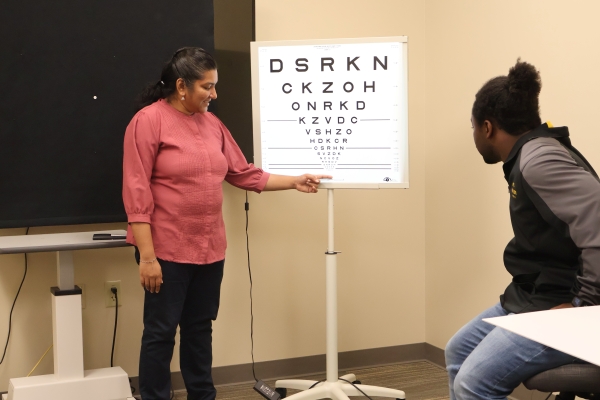How the Envision Research Institute (ERI) Uses Technology to Shape the Future of Independence

Blog Content
Independence often hinges on small moments. For millions of people with low vision, those moments, including reading a menu, recognizing a friend, and finding a doorway, can feel out of reach. The Envision Research Institute (ERI) is developing solutions to make everyday life safer and more independent.
ERI is driving the evolution of independence for the blind and visually impaired community. Across multiple projects, ERI studies how people read, navigate, and interact with their environments, then tests tools that can strengthen those skills. One line of work focuses on head-worn smartglasses tested in real-world scenarios. ERI is pinpointing which features support reading, recognition, and safe movement, advancing solutions that improve daily life.
“Living with low vision is a daily challenge that touches every visual task, from reading to moving through the world safely,” says Dr. Sarika Gopalakrishnan, PhD, FAAO, Research Program Manager at ERI. “Our goal is to understand which tools truly help people, so they can build confidence, strengthen independence, and sustain motivation.”
Building on a proven track record in navigation research, the ERI is pushing into the next frontier of real-world mobility. This year, ERI received a $200,000 NASA grant to study how Advanced Air Mobility systems, including air taxis, drones, and autonomous aerial vehicles, can be designed to include blind and visually impaired individuals from the start. In partnership with the University of North Texas, the team will develop user-centered guidelines and nonvisual navigation tools so these technologies are usable by everyone.
“This project positions Envision at the forefront of ensuring that next-generation systems do not leave people behind,” Gopalakrishnan says.
From immediate improvements in daily life to next-generation transportation, ERI is advancing evidence-backed research and technology for people who are blind or visually impaired, ensuring independence, mobility, and inclusion are built in from the start. The result is measurable progress today and a clear blueprint for what comes next.